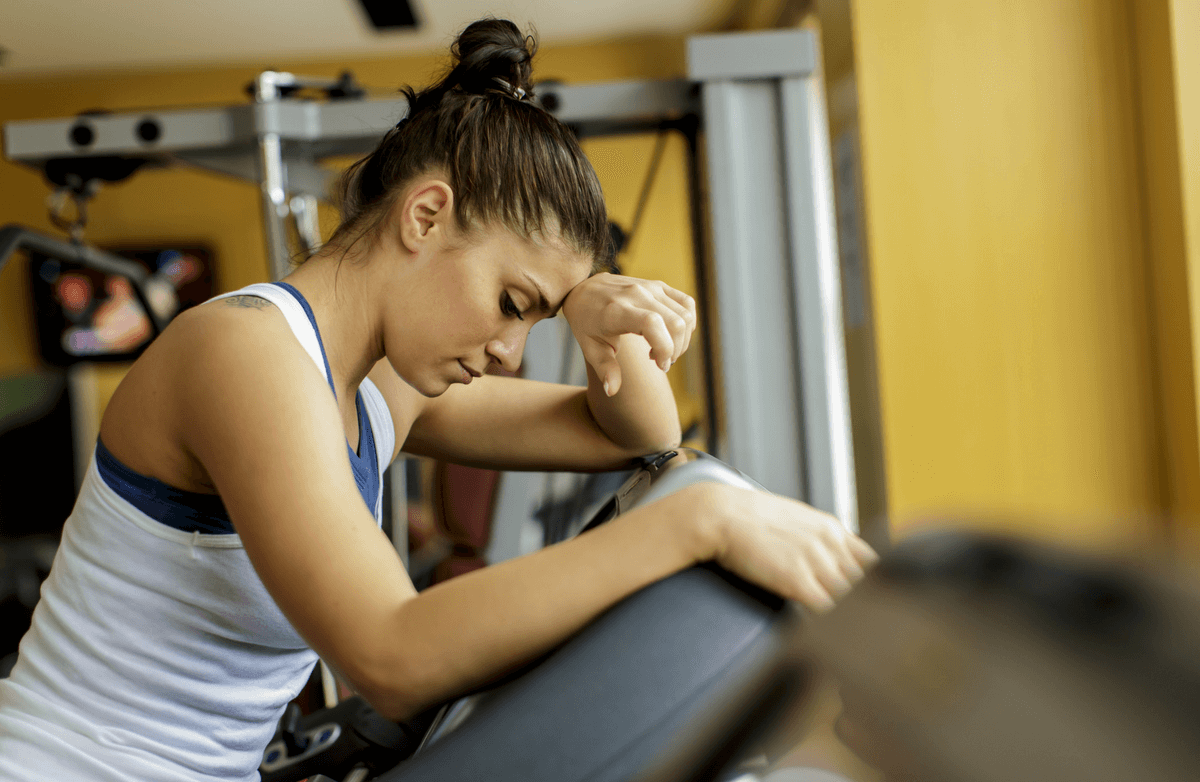|
Do you know how much your child's backpack weighs? The American Academy of Pediatrics recommends that a backpack weigh no more than 10 to 20 percent of your child's weight. So, if your kindergartener weighs 50 pounds, his backpack should be no more than 10 pounds when it's full. Pediatricians say that heavy backpacks are usually the culprit when kids complain of back pain. The pounds add up quickly, especially with smaller children. Many teachers require full-size backpacks for even the youngest students, and even empty, the full-size bags can be half the length of small elementary students. Carrying something that large can throw a child off-balance and put pressure on his growing spine. Kids also forget the bags take up more space and bump into walls and each other. Older kids might end up carrying their entire locker around on their backs in between classes. The first step to keeping your child's backpack from causing damage is to get one with wide, sturdy straps--and make sure your child uses both of them! According to the American Academy of Pediatrics, wearing a backpack over both shoulders allows the body's strongest muscles (the abdomen and back) to properly support the weight. If your child slings his backpack over just one shoulder, he could be setting himself up for back problems from the uneven weight distribution. The straps of your child's backpack shouldn't pinch or pull at the neck or dig into the shoulders. They should be pulled tight enough that the bag fits close to the body. The back of the pack, like the straps, should be slightly padded to prevent sharp edges from digging into the child's back. A waist strap can also help distribute weight to the proper muscles. Look for lightweight bags so you're not starting with a heavy load before the books are added. Check the weight of a fully-loaded bag; if it's more than 20 percent of your child's weight, consider a bag on wheels. When you're packing the bag, put the heaviest things in the pockets closest to your child. Use the organizing compartments to prevent a jumble of weight at the bottom of the pack. Help your child determine what really needs to be carried in the bag each day. Can they visit their locker more often? Does every folder need to come home? How many books do they really need? Finally, encourage your child to let you know if his or her back or shoulders begin to hurt. You don't want school to become a pain in the neck! Have you taken steps to minimize your child's back strain? How much stuff does he or she carry around? |
More From SparkPeople
|














